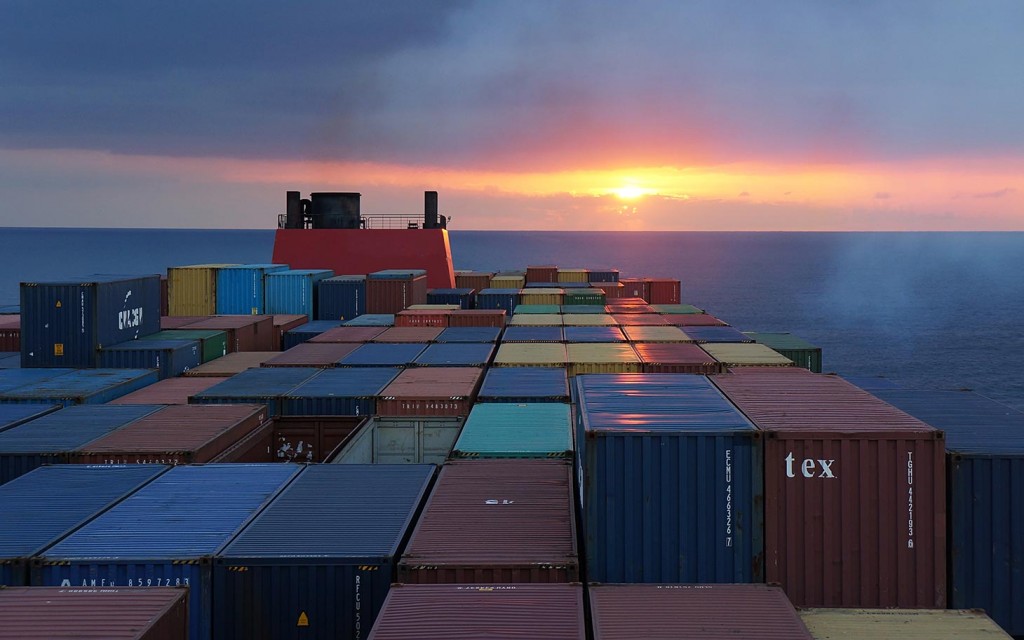Import duty is not a very sexy subject and I won’t lie, if you’re not into numbers, then it can be a little boring to learn about. But, like many areas of business, for fashion brands who are starting up, or maybe even established, you will probably be doing many things yourself so this is definitely an area that can catch people out because it will affect the price you get paid per product or what price the customer will ultimately pay for their product, which can affect your sales. In the same way, if you are choosing to move material, fabrics or trimmings to factories around the world for production, these will also need their own import codes, duties and VAT and documentation.
Import duty is a complicated tax that can spill out into legal issues and due to complications like selling over the internet to multiple countries, this can get complicated. So here it is in a nutshell.
Import duty, sometimes called “Import Tax”, is a tax that has to be paid to allow foreign goods into that country. There is also another tax that people forget about which is Import VAT or Value Added Tax. This is a tax paid on imported goods and even services.

Each country combination, basically where the items are coming from and going to, has a different set of regulations, taxes, documentation, codes and duties. Many countries have special relationships and regulations between themselves and other countries that can mean there are reduced rates of Import Duty and in some cases, like within EU countries, have no Duty at all.
Depending on the type of product, fabric, shape, age of consumer, new or used and type of use, you’ll also find that each country has various codes for each product and sub product. So for example, a short sleeved, round neck, cotton, men’s T-shirt might be one code, but a , a short sleeved, round neck, cotton, women’s T-shirt might have another.
It’s also important to mention that no two countries are alike and some will have additional tariffs and charges depending on each product, which might catch you or your customers out and leave you with no profit, so this is something that you really need to check.
If your documentation, taxes and duty are not paid, then basically your parcel will not leave customs in the port that they land in. After a period of time, this is again depending on the country, they will be shipped back and you are liable for any late payment and shipping charges to do this also. Since all Customs checks are run by the government of each country, I would strongly suggest that you don’t keep them waiting, however, as import duty and charges can be complicated, they are generally fairly understanding and helpful if you’re not sure what you are doing, so if you need help, ask before the goods arrive.
Customers Buying Online.
For many people who shop on the internet from all over the world, many people would assume that import duties and VAT do not apply to them because they are just shopping. In some cases this might be true, depending on the laws of the country you are shipping to, but unfortunately, the law is the law and there is no minimum number of products that turns shopping into importing.
If you purchase any type of product and get it shipped to another country, even if it is just one item, you are still importing that item and duty and VAT applies, as well as any other fees your country imposes. The fact that many customs departments around the world don’t bother to enforce the law so strictly on a single or small retail product, is just luck.
Shipping your own goods
Most countries however do lift the VAT and duty on products if you own them already and are just shipping them, or emigrating, but this does require a different set of documentation and customs will check these boxes, containers or packages to make sure you are not importing multiple items for sale.
Since we are talking about garments and retail items though, this is just an additional bit of info to give you some background, but it might be useful if you need to ship personal products to a customer or have some type of dispute where you need to replace an item for a customer. The important thing to remember is to check. If you are selling online or have a very small team, even 1, make sure you spend some time setting up your online store to have all of the VAT programmed in, which most shopping carts will allow you to do now. The appropriate VAT will then be added to the items at checkout and won’t cut into your profits. It is important to tell people looking through your site that the price does not include VAT so they don’t get a shock at the checkout.
Thanks so much for reading and I hope you are finding helpful information to build your fashion brand. If you find this post useful, please use the sharing buttons below to spread the word!
As a final help, here are some resources that might help you find the information you need.
RESOURCES:
AUSTRALIA
HONG KONG & CHINA
https://www.tid.gov.hk/english/import_export/textiles/ts_maincontent.html
https://www.tid.gov.hk/english/import_export/tariffroo/tariffroo_maincontent.html
WITHIN THE EU
https://www.gov.uk/trading-in-the-eu
UK
Use this tool to search for import and export commodity codes and for tax, duty and licenses that apply to your goods.
https://www.gov.uk/trade-tariff
This will give you some information on import and export for the retail industry plus links to other helpful pages
https://www.gov.uk/clothing-footwear-and-fashion
USA
